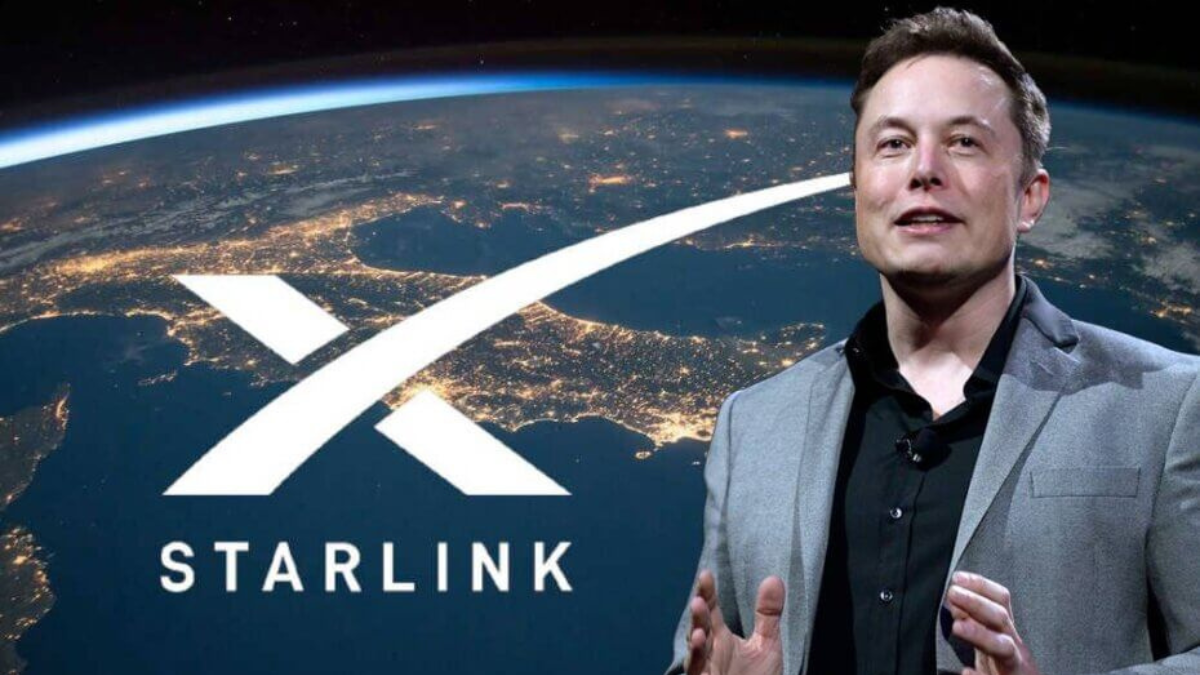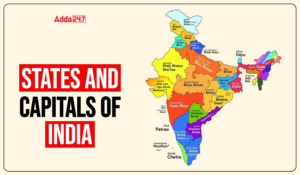India is on the brink of a major transformation in internet connectivity as SpaceX’s Starlink prepares to launch its satellite-based broadband services in the country. With major telecom players like Reliance Jio and Bharti Airtel already signing agreements with SpaceX to offer high-speed internet, Starlink’s arrival could revolutionize the digital landscape, particularly in rural and remote areas.
However, before Starlink can roll out its services, it must obtain regulatory approvals from the Indian government. The question remains—how will Starlink impact India’s broadband market, and what can consumers expect in terms of speed, pricing, and availability?
Starlink’s Potential to Bridge India’s Digital Divide
India’s Connectivity Challenges
India has made remarkable progress in expanding internet access, but a major urban-rural gap still exists. Cities enjoy high-speed fiber broadband, but remote villages and hilly terrains often struggle with poor network coverage and slow internet speeds.
- Urban Areas: Well-connected with fiber-optic broadband, 5G services, and multiple ISPs (Internet Service Providers).
- Rural Areas: Depend on slow mobile networks, expensive satellite internet, or no reliable connectivity at all.
How Starlink Can Help
Starlink’s satellite-based internet technology bypasses the need for traditional ground infrastructure like fiber-optic cables or cell towers. Instead, it provides direct internet access from space, ensuring consistent speeds even in remote locations.
With over 5,000 satellites already deployed, Starlink could become a game-changer in bringing affordable and reliable internet to India’s underserved regions.
Starlink’s Regulatory Hurdles in India
Before Indian consumers can start using Starlink, regulatory approvals from the government are essential. SpaceX needs licenses from the following:
- Department of Telecommunications (DoT) – Required for operating satellite broadband services.
- Telecom Regulatory Authority of India (TRAI) – Compliance with India’s telecom laws.
- Ministry of Home Affairs (MHA) – Security clearance for data transmission.
Previously, Starlink faced hurdles when it started pre-booking services in India without proper licenses. The Indian government halted these operations, requiring SpaceX to follow the necessary legal framework before launching commercially.
With Jio Platforms and Bharti Airtel backing Starlink, regulatory approval is expected soon, paving the way for its official entry.
Expected Starlink Plans and Pricing in India
While Starlink’s Indian pricing and plans are yet to be announced, we can take clues from its Bhutan offerings, as reported by Business Today.
Starlink Plans in Bhutan (as a reference for India)
| Plan | Price (Nu/₹ Approx.) | Speed | Usage |
|---|---|---|---|
| Residential Lite | Nu 3,000 (₹3,001) | 23 Mbps – 100 Mbps | Basic browsing, social media, video streaming |
| Standard Residential | Nu 4,200 (₹4,201) | 25 Mbps – 110 Mbps | HD streaming, gaming, video conferencing |
Projected Starlink Pricing in India
Due to higher taxation (30%) on foreign digital services in India, Starlink’s Indian plans could be slightly more expensive than Bhutan’s. Experts predict:
- Entry-level plans may start at ₹3,500 to ₹4,500 per month.
- Premium high-speed plans could be priced at ₹5,000 or more.
These rates would position Starlink competitively against satellite broadband rivals like:
- OneWeb (Bharti-backed)
- Jio-SES
While the pricing may seem high, Starlink’s biggest advantage is its global network of satellites, offering low latency and fast speeds even in difficult terrains where fiber broadband is unavailable.
How Will Starlink Impact India’s Broadband Market?
1. A Threat to Traditional ISPs?
With Starlink’s potential launch, traditional broadband providers like Airtel Xstream, JioFiber, ACT Fibernet, and BSNL Broadband could face stiff competition, especially in rural markets.
- Fiber broadband will remain dominant in cities, where it is cheaper and faster.
- Starlink will target remote locations, offering reliable high-speed connectivity where no fiber networks exist.
2. Boost for Digital India and Remote Work
With Starlink, government initiatives like Digital India and Smart Villages will get a major boost, enabling:
- E-learning and online education for rural students.
- Telemedicine and virtual healthcare access in remote areas.
- Work-from-home opportunities in tier-2 and tier-3 towns.
3. Support for Critical Sectors
Industries that depend on seamless internet connectivity, like:
- Agriculture (smart farming solutions)
- Defense (border surveillance and security)
- Disaster Management (emergency communication in floods, earthquakes, etc.)
Could benefit greatly from Starlink’s low-latency satellite services.
Challenges and Concerns with Starlink’s India Launch
1. High Costs for Rural Users
While Starlink’s speeds are attractive, its ₹3,500+ monthly pricing may be unaffordable for many Indian households, especially in rural areas.
2. Regulatory Barriers
The Indian government’s strict policies on foreign telecom players could delay approvals, impacting Starlink’s launch timeline.
3. Competition with Indigenous Providers
With Jio’s satellite broadband (Jio-SES) and Bharti-backed OneWeb, Starlink will have to offer competitive pricing and local partnerships to succeed.







 States and Capitals - How Many States in...
States and Capitals - How Many States in...
 Top-10 Happiest States in India in 2025,...
Top-10 Happiest States in India in 2025,...
 Top-5 Richest Countries in South America...
Top-5 Richest Countries in South America...

